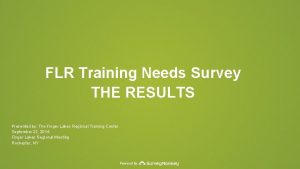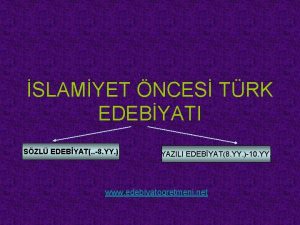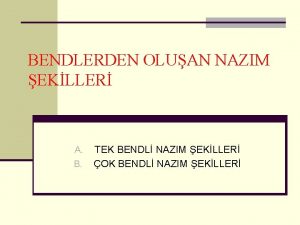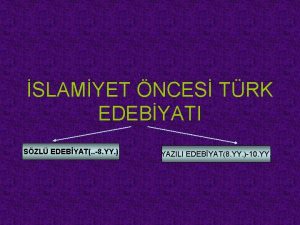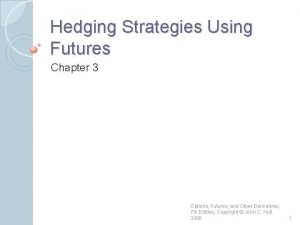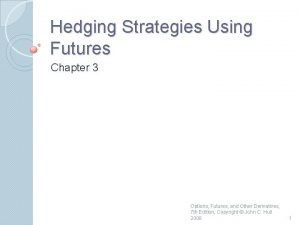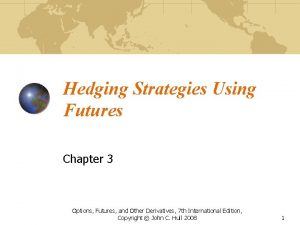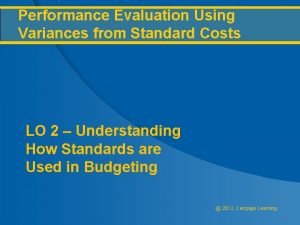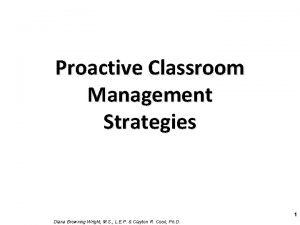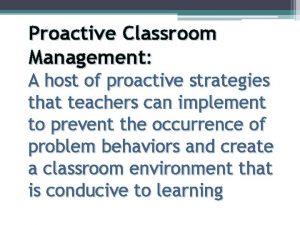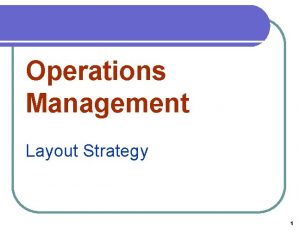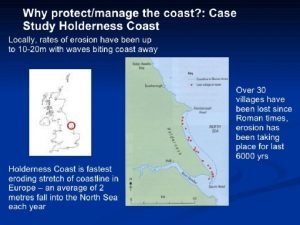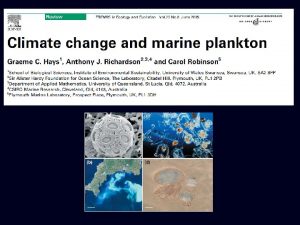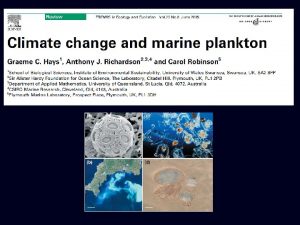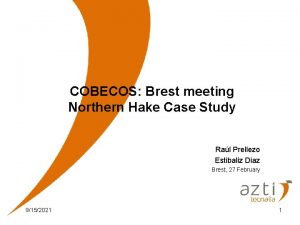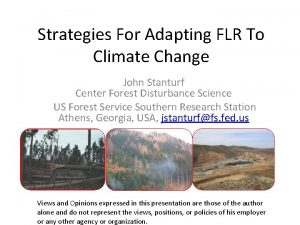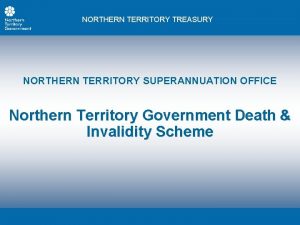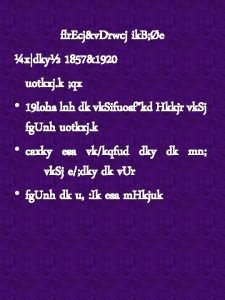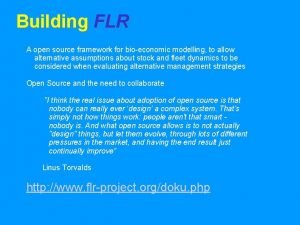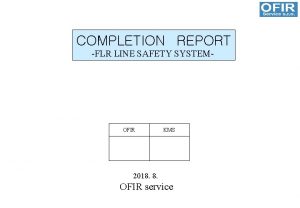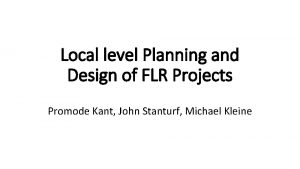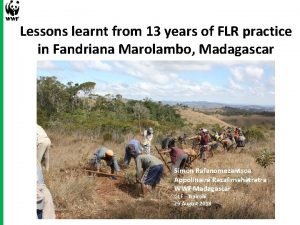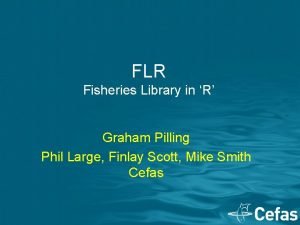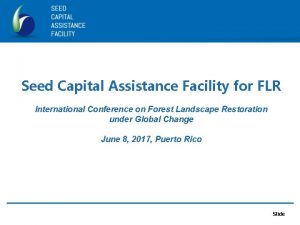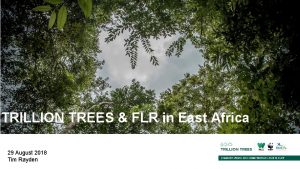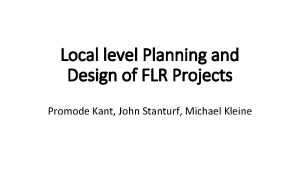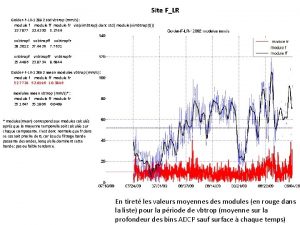Management strategies evaluation using FLR Northern Hake CS


















- Slides: 18

Management strategies evaluation using FLR (Northern Hake CS) EFIMAS

Northern Hake and associated fisheries • Hake Max Size: 140 cm. Max weight: 15 Kg. Max age: 12 years. Spatial Distribution: From Bo. B to Norway Vertical Distribution : 70 -370 m. • Fisheries: Total Catch: 35000 - 67000 t. (in 2006, 41800 t). Mixed Fisheries : Anglerfish, Megrim, Lobster. Catch by MS: Spain 60% (BC 15 -20%), France 25%, UK 6%, Denmark 3% e Ireland 3%. • Management. In 2004 a recovery plan was stablished. Currently, a long-term management plan is being studied. © AZTI-Tecnalia

What we have done? We are developing a tool which allows a MSE strategy for northern hake. MSE? Yes, trying to find the management procedure that obtains the best results in terms of biological, economical and social robustness, taking into account the main uncertainties. © AZTI-Tecnalia

How? – Using FLR framework. § Packages used: FLCore, FLAsses , FLXSA and FLEcon. – Operating Model: A function that aims the description of the fishery system, parameterized using O-I of XSA. § Only for Hake. § Two parts: – The historic part (to 2006). – The projection part: Assessment + HCR, define next year TAC. – But, the economic output does not change the OM. – Management Procedure § Sampling § Assessment § HCR © AZTI-Tecnalia

The model • Fleets Basque trawlers (Baka and Pair) A dummy fleet (“Others”) • Species HKE, MON, MEG, HOM, CAL and BIB Only hake in the OM. © AZTI-Tecnalia

The Model • Price By fleet, age and species. • Effort TAC for hake is driving the total effort level. Calculated through the OM using a fixed overall catchability which stands for the proportionality between F and E. A partial F is used to divide effort between fleets. Number of vessels are based on max or min feasible fishing days. © AZTI-Tecnalia

The Model • Catch By fleet, age and species. The proportions of fleets’ catches follow a multinomial distribution. Hake catch is based on the Management selected. Anglerfish and megrim are based on a general Cobb Douglas function. Biomass of these species have been bootstrapped from the historical estimated time series. Squids Pouts and Mackerel are based on historical catches reduced to the proportion of the current effort to the historic ones. Ghost (sorry about the name) species as a the difference between the average overall (historic) catches and the remaining species. (reduced proportionally to the current level of effort) Costs follow the structure designed in FLCost © AZTI-Tecnalia

The framework -Ready for including new fleets. - Indicators. Number of times that Pr(SSB< BPA). Accumulative probability of Pr(SSB< BPA). Total and Discounted aggregated catch (value). Accumulative Gross Value Added, total and discounted. Accumulative Full equity profit of the vessel/firm, total and discounted. Average Change in TAC. Final Number of vessels (max, min and variation). Final FTE (max, min and variation). © AZTI-Tecnalia

Scenarios and Management Strategies • Scenarios Stock-Recruitment: Ockham, Ricker and Segmented Regresion. Growth of hake: Base case. • Management strategies F = Fmsy = 0. 17 F = Fpa = 0. 25. F = 0. 8*Fmsy. F = 1. 2*Fmsy. © AZTI-Tecnalia

F Target is set to a Precautionary Approach level FPA © AZTI-Tecnalia

Base case: F Target is set to a FMSY(proxy) with an annual reduction of F of 5%. FMSY 5% Reduction © AZTI-Tecnalia

Base case: F Target is set to a FMSY(proxy) with an annual reduction of F of 5%. FMSY 5% Reduction © AZTI-Tecnalia

Base case: F Target is set to a FMSY(proxy) with an annual reduction of F of 5%. FMSY 5% Reduction © AZTI-Tecnalia

Base case: F Target is set to a % FMSY(proxy) with an annual reduction of F of 15%. FMSY 15% Reduction © AZTI-Tecnalia

Base case: F Target is set to a % FMSY(proxy) with an annual reduction of F of 15%. FMSY 15% Reduction © AZTI-Tecnalia

Base case: F Target is set to a % FMSY(proxy) with an annual reduction of F of 15%. FMSY 15% Reduction © AZTI-Tecnalia

Comparison © AZTI-Tecnalia

Current work • In the OM we are introducing a non linear relationship in the F-E relationship. • Trying to close the feedback between Bio and Eco. • Long term is still a question. • Tactical responses are not included (we have doubts of how to implement them). • We are testing our model, when we found it as robust (we will hang it in the FLR web site). • In any case, code is available for partners (under request) and any critic or comments are welcome. © AZTI-Tecnalia
 Site:slidetodoc.com
Site:slidetodoc.com Triyole
Triyole Nazım birimi nedir
Nazım birimi nedir Müsebba örneği
Müsebba örneği Terkibi bent örneği
Terkibi bent örneği Hedging strategies using futures
Hedging strategies using futures Derivatives hedging strategies
Derivatives hedging strategies Hedge ratio formula
Hedge ratio formula Tailing the hedge
Tailing the hedge Performance evaluation using variances from standard costs
Performance evaluation using variances from standard costs System.collections.generics
System.collections.generics Dtfd switch
Dtfd switch 17 proactive classroom management strategies
17 proactive classroom management strategies Proactive classroom management
Proactive classroom management Diana browning wright
Diana browning wright What is layout strategy
What is layout strategy Visitor management strategies
Visitor management strategies Holderness coast management strategies
Holderness coast management strategies Corporate strategy growth stability retrenchment
Corporate strategy growth stability retrenchment
